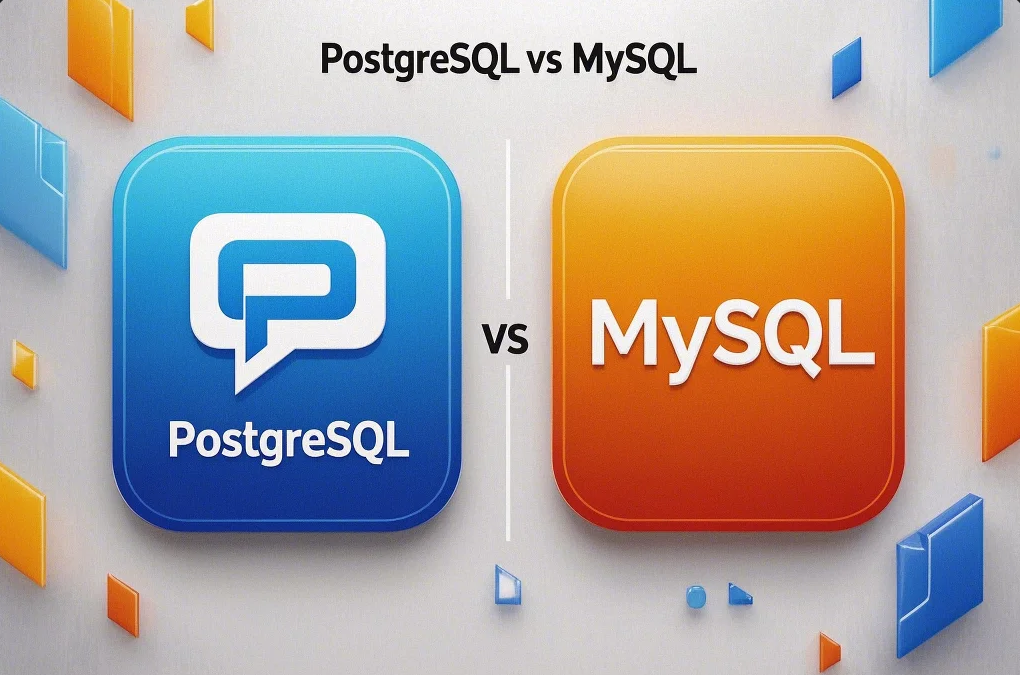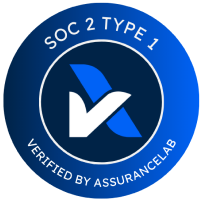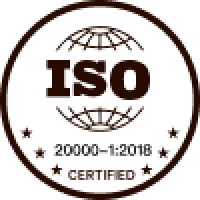Choosing between PostgreSQL and MySQL is a big decision in designing a database system that aligns with your project objectives. While both leverage SQL, their approaches to data handling, scalability, and extensibility differ significantly. Let’s explore their core strengths, architectures, and ideal use cases to guide your decision.
A Fresh Look at Database Architecture
PostgreSQL: Flexibility and Advanced Features
PostgreSQL is renowned for its adaptability in handling complex queries and diverse workloads. It isn’t just a typical relational database; it’s built with features that cater to modern data challenges. Its support for advanced indexing methods—such as GIN, GiST, and BRIN—helps optimize queries across intricate datasets. Additionally, PostgreSQL’s native support for JSON and array types, along with its extensive extensibility (custom functions, data types, and extensions), means it can be tailored to meet very specialized requirements. This makes it particularly effective for applications that demand robust data integrity and scalability, whether you’re handling analytics or managing high-volume transactions.
MySQL: Simplicity and Speed for Web Applications
On the other hand, MySQL is celebrated for its straightforward design and efficiency. Its architecture, while more traditional, is optimized for quick retrieval and management of structured data. MySQL is a popular choice for web applications—especially when integrated within development stacks like LAMP (Linux, Apache, MySQL, PHP/Python/Perl). It offers solid indexing with B-trees and hash indexes, which keeps everyday tasks running smoothly, even when the workload is primarily CRUD (Create, Read, Update, Delete) operations. For many projects, MySQL’s simplicity translates to a lower learning curve and faster initial deployment.
Diving Deeper: Data Storage, Indexing, and Concurrency
Innovative Data Handling
PostgreSQL leverages multi-version concurrency control (MVCC) to allow simultaneous data reading and writing, minimizing lock conflicts. This design, paired with its versatile indexing options, ensures that even complicated queries and full-text searches are handled efficiently. MySQL, by contrast, focuses on reliability and speed, using proven methods like B-tree indexing. This makes it ideal for situations where simple and fast data retrieval is the priority.
Managing Transactions and Concurrency
Both systems support ACID-compliant transactions, but they approach concurrency differently. PostgreSQL’s MVCC system delivers high concurrency without sacrificing data consistency, even under heavy transactional loads. This capability is essential when multiple users or processes need to interact with the database simultaneously. MySQL uses the InnoDB storage engine to maintain data integrity, though setting it up for complex workloads might require a bit more fine-tuning. If your application involves an intense volume of concurrent transactions, PostgreSQL’s architecture might offer a smoother experience.
Use Cases: Tailoring Your Choice to Your Needs
For Web Applications
If you’re building a high-traffic web application, MySQL has long been a favorite. Its design is optimized for speed and reliability, making it well-suited for websites and online services that require rapid responses and minimal latency. However, if your web application demands the handling of more diverse data types—like semi-structured JSON data—or you need advanced search capabilities, PostgreSQL’s robust feature set may provide the extra tools you require.
For Data Analytics and Complex Reporting
When it comes to crunching large volumes of data or running complex queries, PostgreSQL shines. With support for modern data types and extensions such as PostGIS for geospatial data, it is tailored for analytical workloads. Its advanced indexing and query planning capabilities make it a top pick for applications where detailed analysis and reporting are critical. MySQL can certainly manage simpler analytics tasks, but PostgreSQL’s rich feature set is built for tackling the kind of heavy data lifting required in modern business intelligence scenarios.
For Transaction-Heavy Systems
For environments where high transaction volumes are the norm, PostgreSQL’s ability to handle multiple operations concurrently without compromising data consistency is a significant advantage. Its robust transaction management, driven by its MVCC design, helps prevent bottlenecks and deadlocks. While MySQL is fully capable of managing transactional workloads, PostgreSQL’s architecture often provides a more seamless experience under heavy load conditions.
Performance and Scalability: Keeping Up with Growth
Query Optimization and Execution
Efficient query processing is essential for any database. PostgreSQL’s sophisticated query planner and support for advanced indexing techniques make it particularly adept at optimizing complex queries. This can be crucial for applications that require deep data analysis and rapid insights. In contrast, MySQL’s focus on simple, fast retrieval through traditional indexing ensures that it remains a dependable choice for more straightforward query patterns.
Scaling Your Infrastructure
As your data grows, so does the need for a scalable database solution. PostgreSQL’s features, such as table partitioning and parallel query execution, enable it to handle large datasets and increased workloads gracefully. Its replication capabilities further enhance its scalability, making it a strong candidate for applications expected to grow rapidly. Although MySQL offers sharding and clustering options, setting these up can be more challenging, making PostgreSQL the more attractive option for projects where scalability is a key concern.
Integrating Data Seamlessly with Tapdata
Regardless of whether you lean toward PostgreSQL’s advanced functionalities or MySQL’s speed and simplicity, the true power of your data comes from integrating it effectively into your broader data ecosystem. With solutions like Tapdata, you can effortlessly synchronize data across databases, applications, and data warehouses. Tapdata’s cdc based pipelines ensure that your data is readily available for analytics and business intelligence, so you can focus on uncovering insights rather than wrestling with data integration challenges.
Conclusion
Both PostgreSQL and MySQL have distinct strengths that cater to different project needs. Whether you need the advanced, flexible capabilities of PostgreSQL for handling complex queries and massive datasets, or the streamlined, high-performance simplicity of MySQL for web applications, your choice should align with your project’s specific requirements. By understanding these differences and leveraging tools like Tapdata to integrate your data seamlessly, you can build a robust data architecture that scales with your business.
Ready to take your data management to the next level? Explore how Tapdata can simplify your data replication and empower your team with actionable insights—helping you transform raw data into strategic business growth.
Need help syncing data between databases or building pipelines? Tools like Tapdata simplify moving data in real time, whether you’re using PostgreSQL, MySQL, or other sources. Focus on your app, and let the tools handle the heavy lifting!


